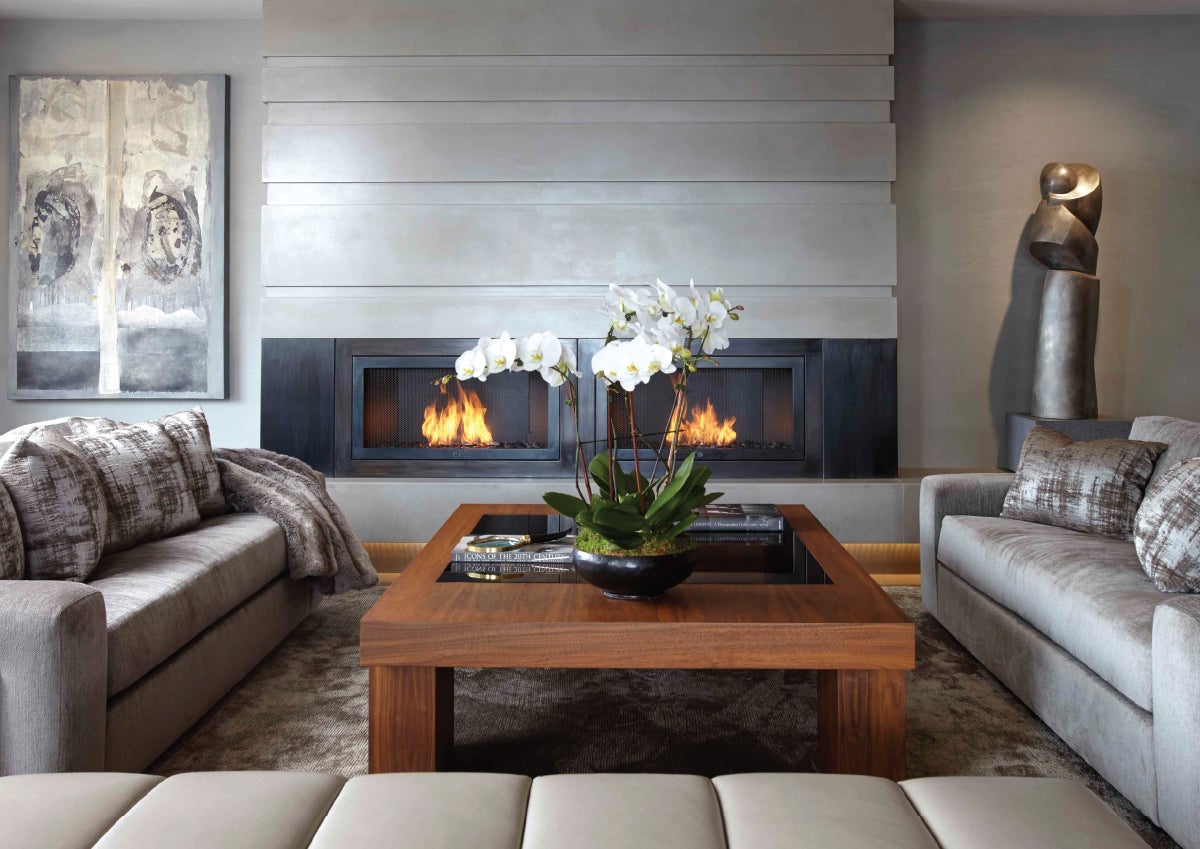Sometimes you walk into a room, and there’s no other way to describe it: It simply feels right. Chances are, that vibe is no accident. It might just be feng shui.
Being particular about the feeling of one’s home is no novelty—it’s a 6,000-year-old trait. The ancient practice of feng shui is, in its simplest form, understood as the pursuit of harmony and balance in an environment. Sounds straightforward, but plenty scoff at what Franklin, Tennessee–based designer and feng shui practitioner Amanda Gates calls “the ominous F-word,” and dismiss it as a pseudoscience.
The practice of feng shui is, in many ways, akin to the practice of yoga. As with yoga, there are ample health benefits to reap, whether or not you embrace its spiritual foundations. The modern notion of feng shui treads the line between pragmatic applications of design—solutions at once striking and simple, like separating working and sleeping spaces to reduce anxiety—and harnessing the power of energetic forces beyond the physical. While masters of feng shui observe the underlying philosophy of the practice, its principles are also rife with common-sense design solutions.

BOH subscribers and BOH Insiders.










































